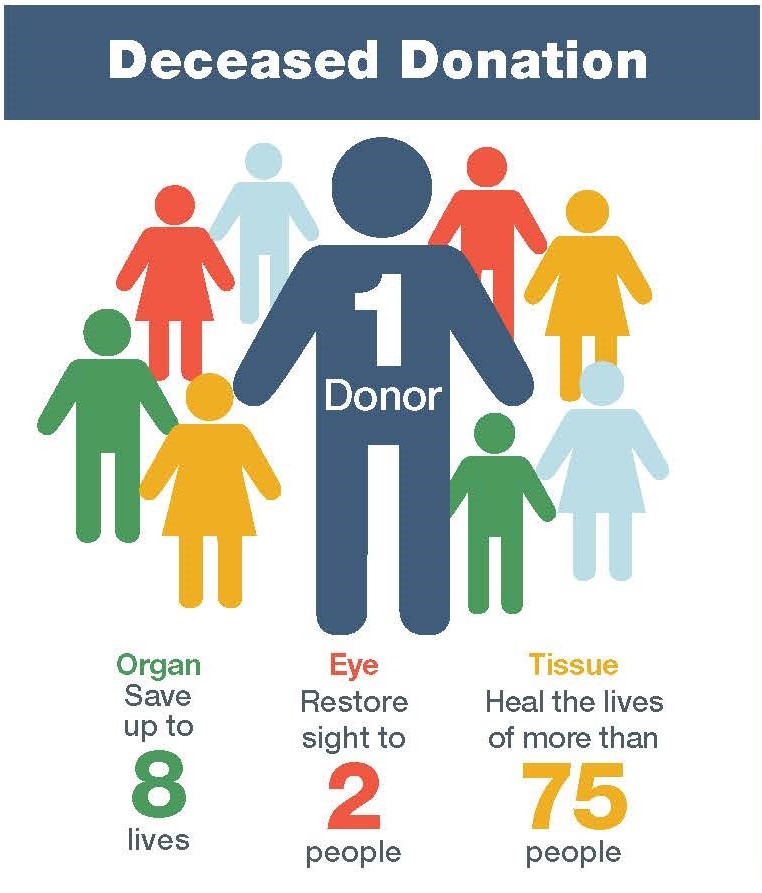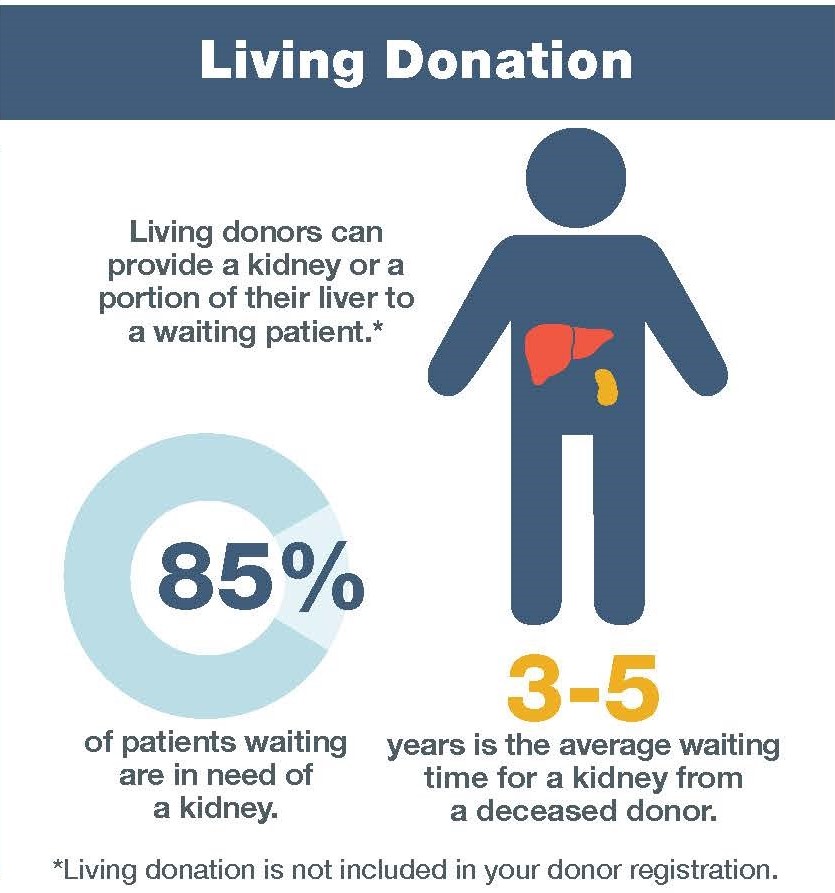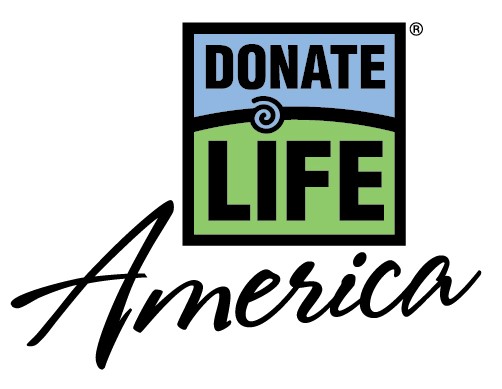Organ Donations – How Do They Work?
You’ve probably heard about organ donation. We’ve certainly seen it introduced in episodes of our favorite medical drama TV shows. Or perhaps you know of a distant relative or colleague who has graciously donated a kidney to someone in need. But how much do you really know?
What Can Be Donated
Eight of the major organs can be transplanted. This includes the heart, lungs (2), kidneys (2), liver, pancreas, and intestine. While most organ donations come from deceased donors, living donors are able to donate one kidney, a lung, or a portion of their liver, pancreas, or intestine.
Cornea donations can repair lost vision due to eye disease, injury, or birth defects. Since 1961, more than 1,800,000 men, women, and children have had their sight restored through corneal transplantation.
Tissues such as heart valves, skin, bone, and tendons can save or significantly improve the quality of life for the people who receive them. These can be stored in tissue banks and used to cover burns, repair hearts, and mend damaged connective tissue and cartilage in recipients.
Who Can Donate?
Since the need for organs and tissue transcends age, race, and ethnicity, absolutely anyone can become a donor. Even those with medical histories can be potential donors. It’s the health of the organ, not the health of the donor, that determines whether it is suitable for donation.
Of course, the first step to becoming an organ donor is registering in your state. This can be done online at https://www.donatelife.net/register/ or in-person at your local motor vehicle department. Remember to let your family know you wish to be an organ donor, so they can support your request when the time comes.
Deceased Donation

Despite the millions of people who are registered organ donors, only about 3 in 1,000 actually become donors when they die. This is due to the very precise conditions needed at the time of death to render the organ(s) viable for transplant.
Loss of life due to a fatal brain injury is optimal for organ donation. Under these circumstances, blood and oxygen continue to flow to the organs through artificial or mechanical support while the medical team tries to save the patient’s life.
If the injury is too severe and the patient dies, tests will be immediately performed to determine the presence of brain activity. If none is detected and brain death is confirmed, organ donation is possible.
Living Donation

While the majority of organ and tissue donations occur after the donor has died, over 7,000 living donations take place each year. Living donors need to be in good physical and mental health, over 18 years old, and free of diabetes, cancer, high blood pressure, kidney disease, or heart disease.
A living donor can potentially give one of their two kidneys; one of two lobes of their liver; a lung or part of a lung, part of the pancreas, or part of the intestines.
Blood and bone marrow can also be donated, and in many cases, more than once. This is due to the body’s amazing ability to regenerate and replace these living tissues.
Making a Match
Individuals in need of an organ or tissue transplant are registered in a national database operated by the Organ Procurement and Transplantation Network (OPTN). This computer system is used to partner donated organs with potential recipients.
Many factors are considered when matching an organ with a patient. Blood type, body size, the severity of the patient’s medical condition, waiting time, and their availability are common examples.
More specific criteria, such as distance between the donor’s hospital and the recipient’s hospital, is included when determining the proper match for organs such as a heart or lung since these organs can only survive outside the body for a very limited time.
In contrast, kidneys can stay outside the body for 36-48 hours. Therefore, a wider geographic area can be considered when pairing a donated kidney with a potential recipient.
Medical Transportation
While the process of matching a donated organ to a potential recipient takes place, the medical team that worked on the patient prior to death is replaced by a transplant surgical team. They remove the organs and tissues from the donor’s body and prepare them for transport to the intended recipients.
The local Organ Procurement Organization (OPO) is responsible for securing the travel arrangements for the organs and tissues, and in many cases, the surgical team as well. Depending on the distance involved, this can be by ambulance, helicopter, or airplane.
Grand Aire is proud to be a leading provider of on-demand air charter services for many OPOs and Transplant Centers. We pride ourselves on providing prompt and efficient transportation solutions 24/7/365. For more information, visit our medical air transport services page or give us a call at 1-800-70-GRAND.

